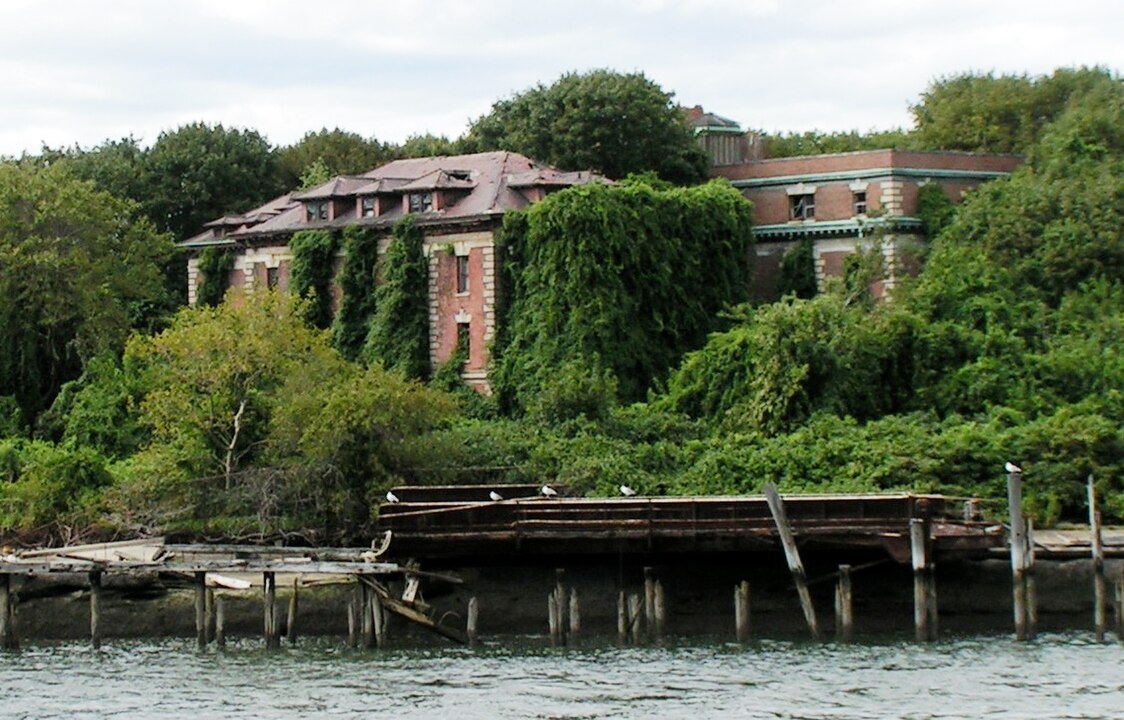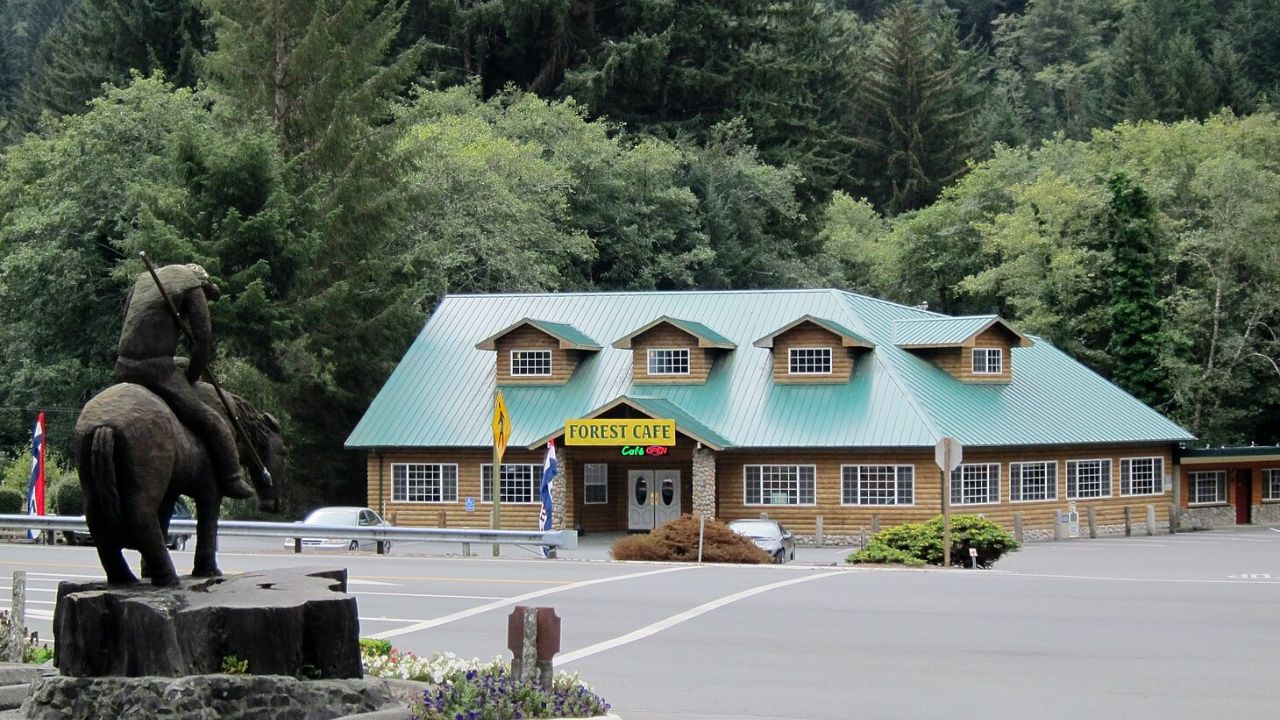Some of the world’s most intriguing places live just beyond reachable borders. They show up in headlines, research papers, or hazy photos, then disappear behind restricted zones, fragile ecosystems, or hard security lines. Curiosity keeps circling them, yet the law stays firm, often for reasons that blend safety, science, and politics. Looking at a few of these forbidden destinations reveals how modern travel still meets real limits, and how closing a place to visitors can sometimes be an act of protection rather than secrecy.
Ilha Da Queimada Grande, Brazil
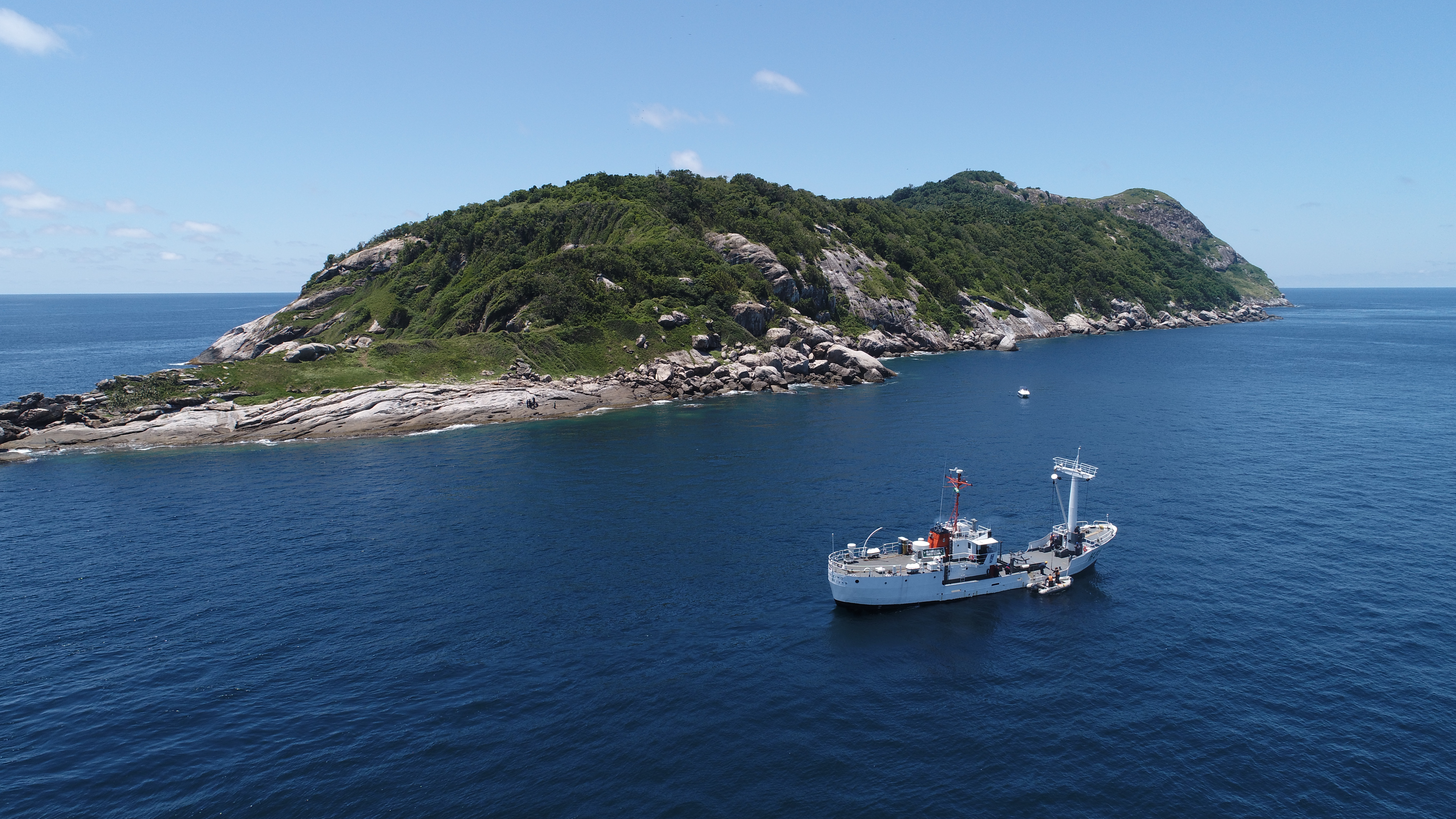
Ilha da Queimada Grande, better known as Snake Island, sits off Brazil’s coast covered in dense green and silent stone. Beneath that calm, one of the world’s highest concentrations of venomous golden lanceheads hunts along the rocks. The government bans tourist landings and allows only navy teams and selected scientists ashore under strict conditions. For thrill seekers, sneaking onto the island would mean breaking the law and stepping into a habitat where almost every careless move could end badly.
Surtsey, Iceland
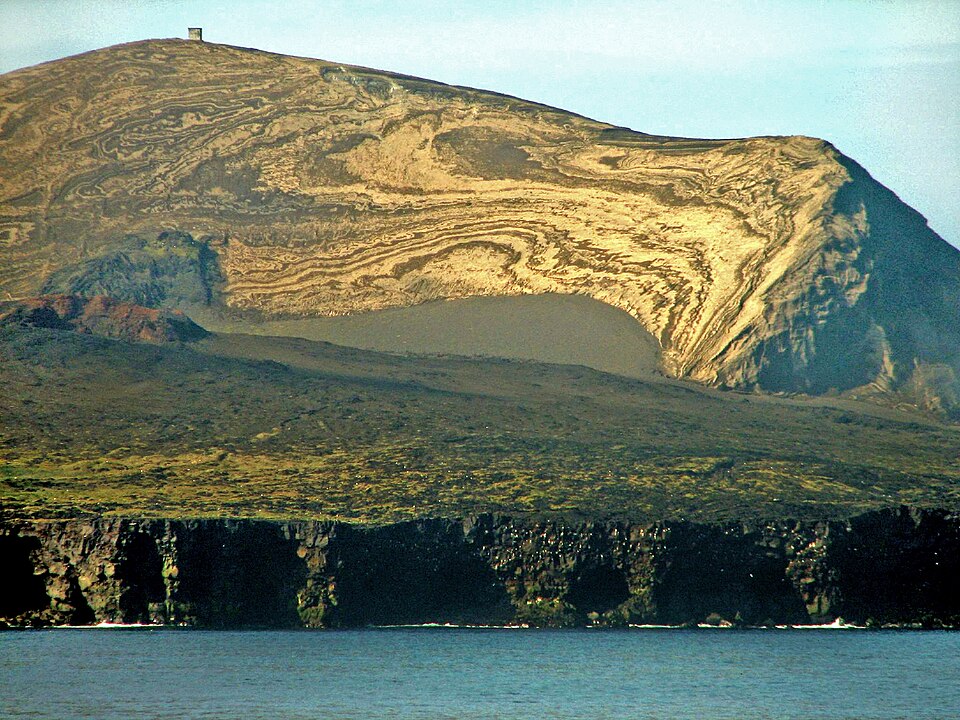
Surtsey is a rare place where geologists and biologists watched an island’s entire life begin. Born from eruptions in the 1960s, it became a natural experiment in how plants, birds, and insects colonize fresh lava. To keep that story clean, Iceland forbids casual visits, even from nearby tour boats, and only a small number of researchers get limited access each year. Any unapproved landing is illegal, not because of danger to visitors, but because a single seed or sandwich crumb could rewrite decades of careful observation.
Niihau, Hawaii

Niihau sits just off Kauai’s coast, close enough to see on a clear day, yet it remains firmly closed to regular tourism. The island is privately owned and home to a small Native Hawaiian community that has chosen limited outside contact to protect language and culture. Unauthorized landings count as trespassing, and boating too close without permission can bring fast attention from local authorities. For most visitors, Niihau exists as a distant silhouette and a reminder that not every island wants an audience.
Poveglia Island, Italy
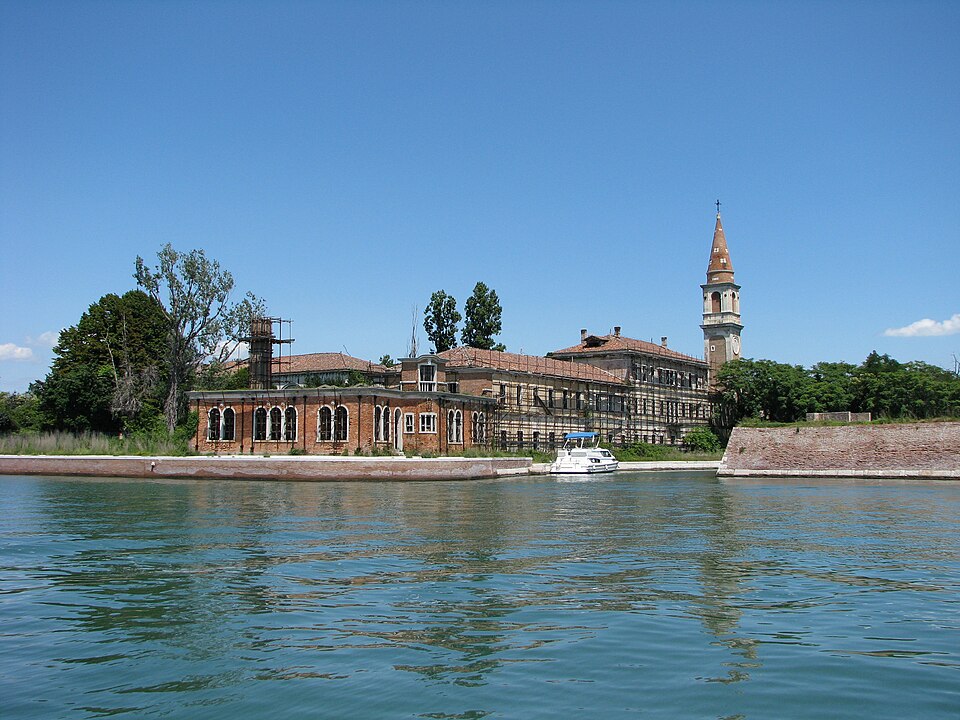
Poveglia lies between Venice and the Lido, its empty structures slowly sinking into the lagoon. The island’s history includes quarantine stations and a much whispered-about asylum, which turned it into a favorite subject for ghost shows and rumor. Italian officials, facing crumbling buildings and real safety risks, banned public access. Anyone who slips ashore is breaking local rules and stepping into unstable ruins. The eeriness remains visible from passing boats, but the closest legal visit is from the deck, not the courtyard.
Lascaux Cave, France

The original Lascaux cave holds Paleolithic paintings that once welcomed crowds of awed visitors. Carbon dioxide, heat, and stray microbes from those visits began to damage the artwork, forcing France to close the site to the general public. Strict laws now limit entry to a tiny group of specialists under controlled conditions. Travelers walk through detailed replicas instead, which preserve the experience while keeping the real chamber sealed. Unauthorized entry would not be a daring shortcut, it would be an attack on an irreplaceable record of human history.
North Brother Island, New York City
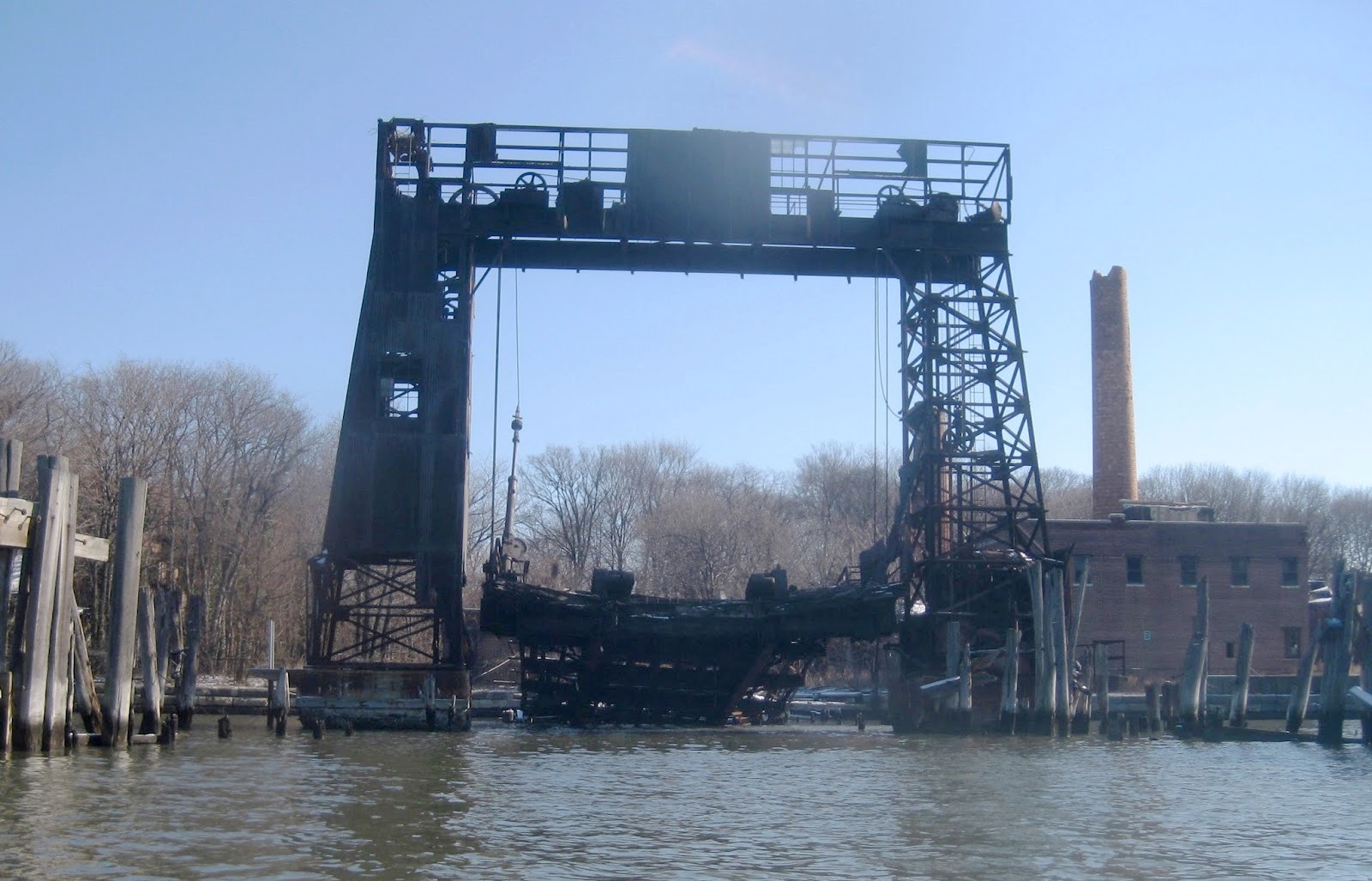
North Brother Island sits in the East River, wrapped in trees and the shells of old hospital buildings. It once served as a quarantine site, later as housing and treatment for people with addiction, before being abandoned and left to birds and vines. Today it is managed as a protected sanctuary, and public access is prohibited under city rules. Only researchers and park staff visit occasionally, by permit. For everyone else, the island stays a hidden piece of New York’s past, watched from ferries and distant shorelines.
Heard Island And McDonald Islands, Australia

Heard Island and the nearby McDonald Islands rise from the Southern Ocean in a mix of glaciers, black sand, and active volcanoes. Australia designates them as a strict nature reserve, with landings allowed only for authorized scientific expeditions. Unauthorized visits violate both national law and international conservation commitments. The seas around them are harsh, and the wildlife relies on minimal disturbance. For most people, the only safe and legal way to experience these islands is through satellite images, field reports, and the work of research crews.
Kong Karls Land, Svalbard, Norway
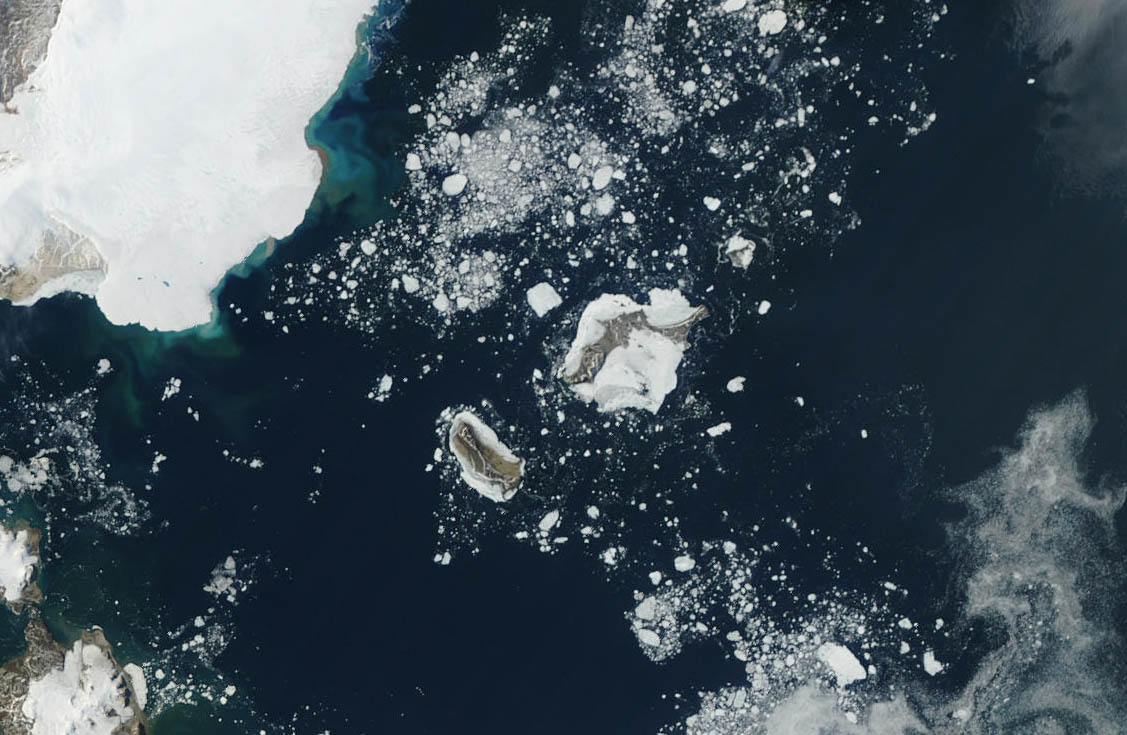
Kong Karls Land sits on the quieter edge of the Svalbard archipelago, icy and remote even by Arctic standards. Norwegian regulations close this cluster completely to tourism and tighten ship access because it serves as a vital breeding ground for polar bears and seabirds. No guided hikes, no zodiac landings, no quick photo stops on the beach are allowed. Expedition ships chart routes that deliberately swing wide, respecting a rule that keeps one small part of the Arctic free from footprints and noise.
Area 51, Nevada, United States
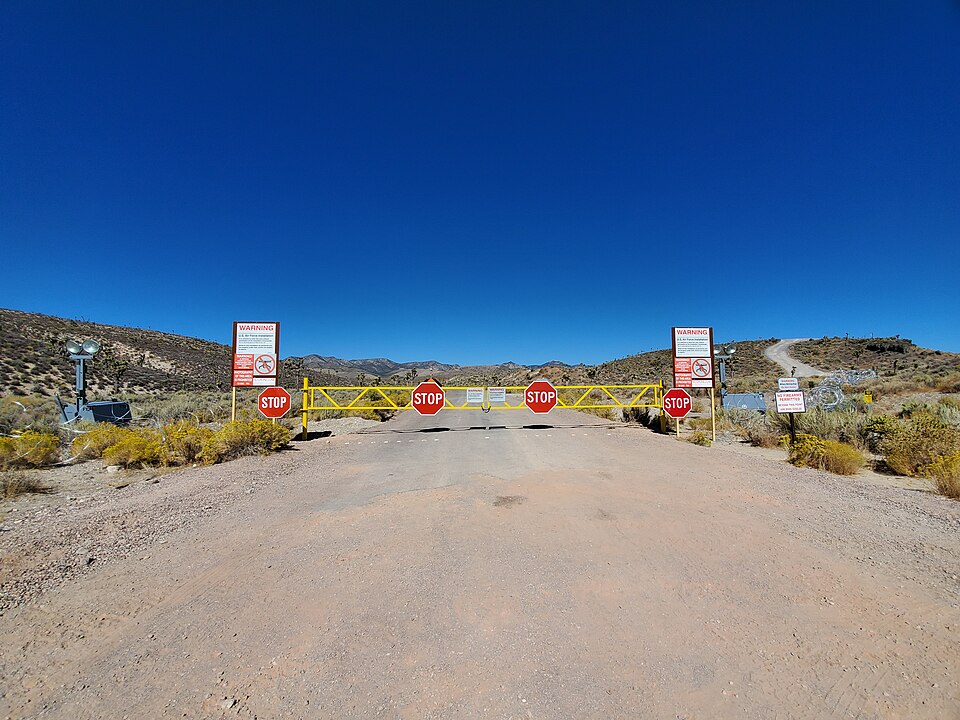
Area 51 attracts endless speculation, yet on paper it is a military test site inside a larger restricted zone. Federal law and posted signs make trespassing a serious offense, and patrols treat any attempt to cross the boundary as a real security concern. Planes and drones testing overhead stay inside tightly controlled airspace that is off-limits to civilian flights. Enthusiasts still gather at distant viewpoints on public land, but the desert line where cameras stop and classified projects begin is not meant to be crossed.
Fort Knox Bullion Depository, Kentucky, United States
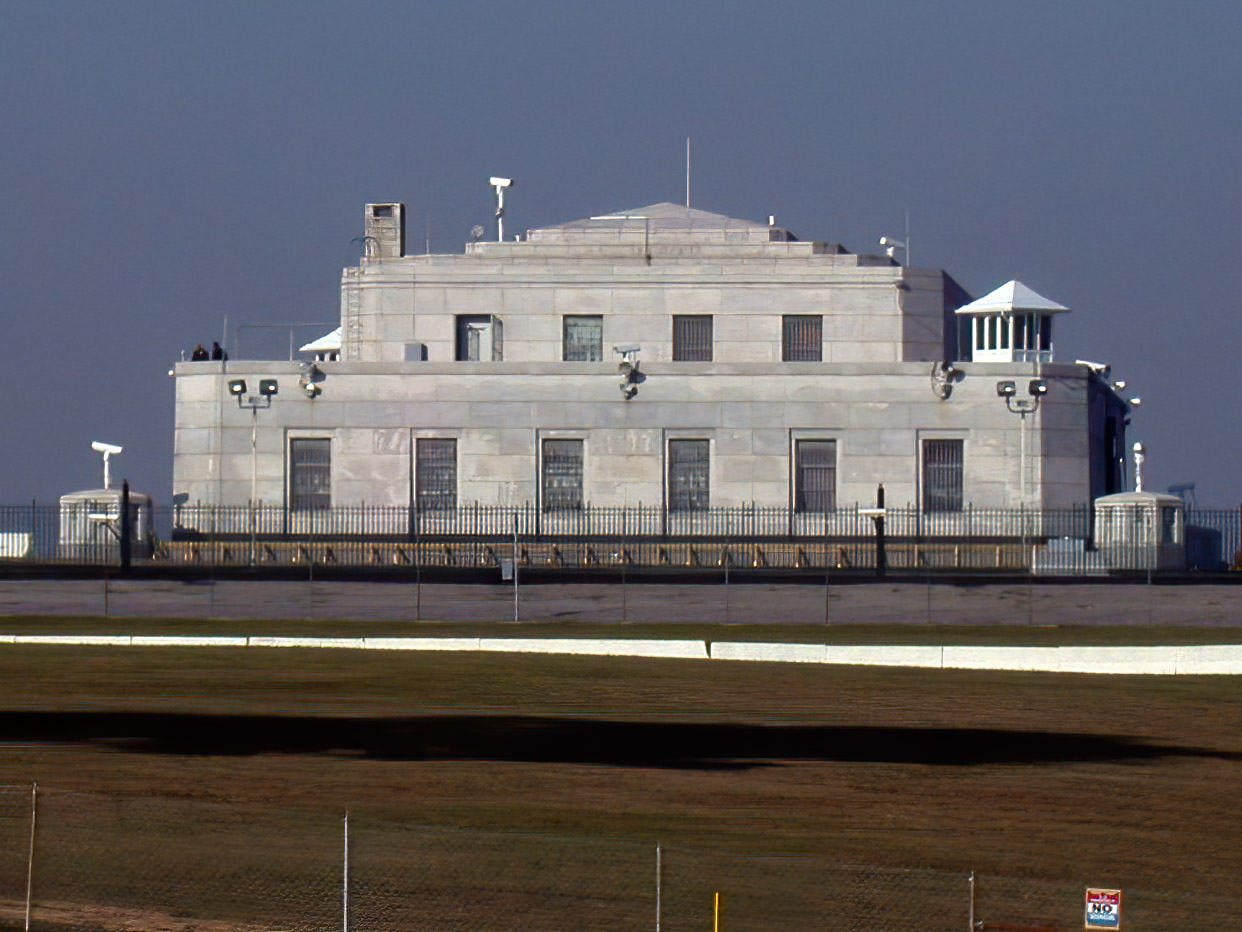
The United States Bullion Depository at Fort Knox is one of the most famous secure buildings in the country, yet it offers no visitor center or public tour. Its granite walls, layered defenses, and controlled perimeter exist to protect gold reserves, not to host curious travelers. Entering the grounds without authorization would mean trespassing on a heavily guarded federal facility. For tourists driving through Kentucky, Fort Knox is best experienced as a name, a story, and a distant structure glimpsed from allowed roads.
